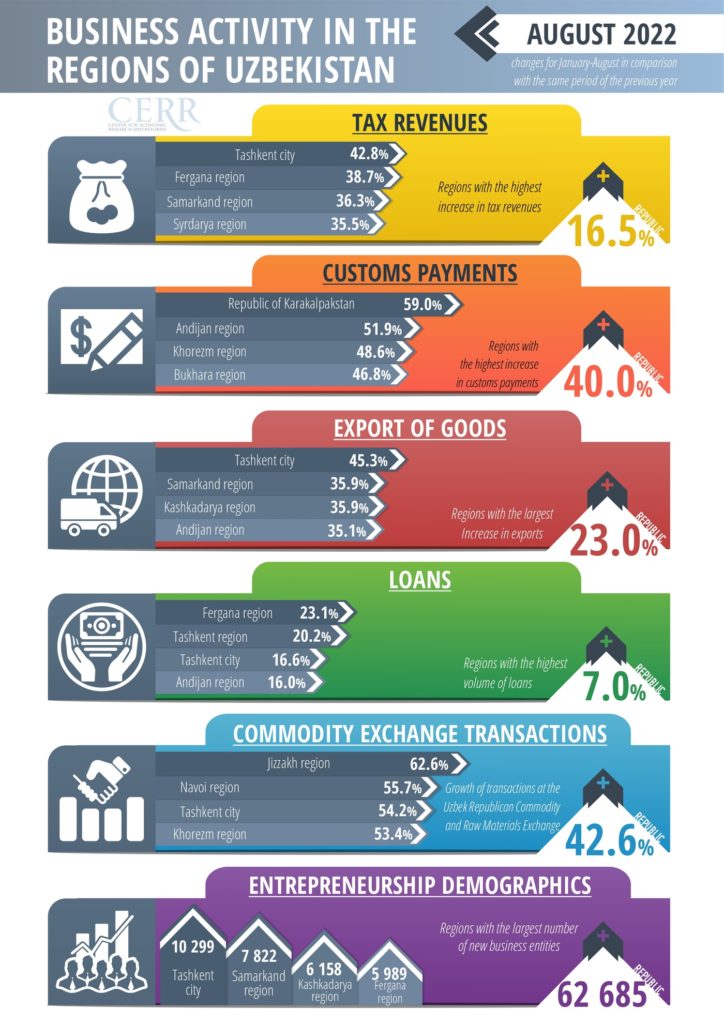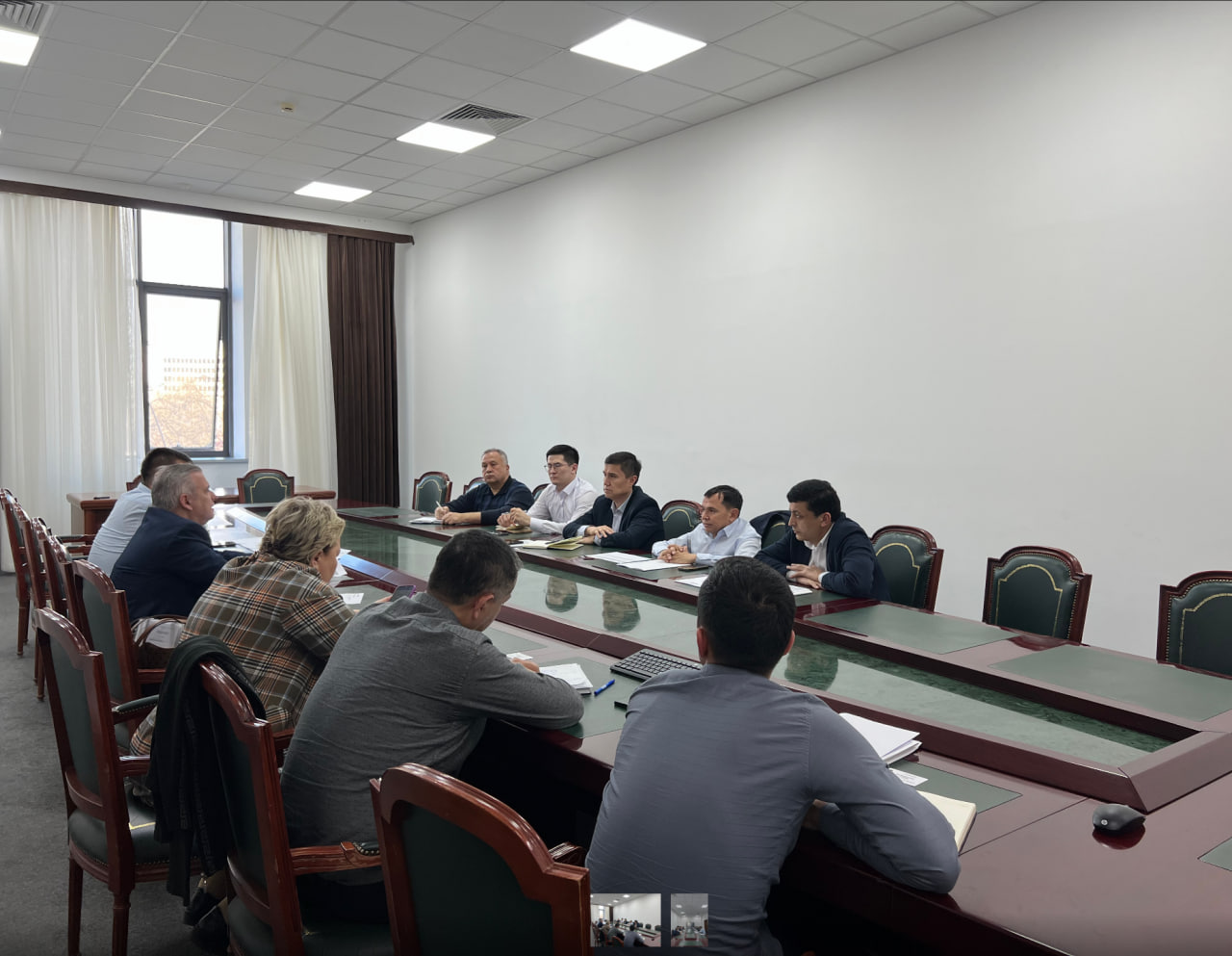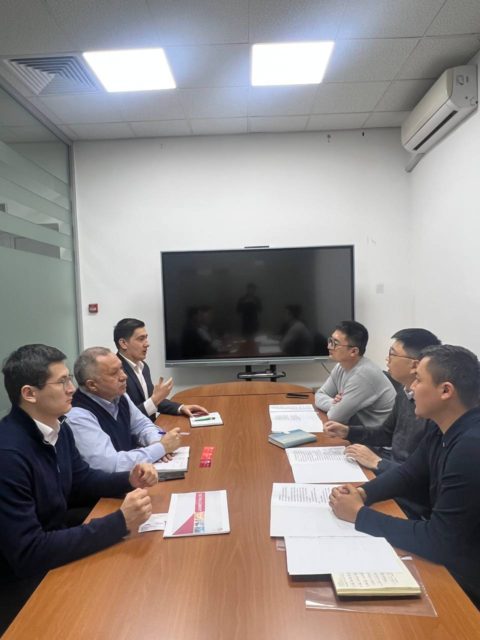Business activity indicators of Uzbekistan’s regions increased in August (+infographics)
To assess the economic situation in the country, the Center for Economic Research and Reforms conducts a monthly assessment of the state of business activity at the regional and district levels.

Analysis of business activity in the context of the regions of the Republic of Uzbekistan is monthly calculated by CERR on the basis of operational data (monitoring in all regions of the Republic, according to the data of the State Customs Committee, State Tax Committee, Central Bank and UzEX).
The monitoring results showed that the volume of tax revenues of the Republic in the period from January 1 to August 31 this year increased by 16.5% compared to the same period last year.
At the same time, a significant increase in tax revenues was recorded in Ferghana (+38.7%), Samarkand (+36.3%), Syrdarya (+35.5%), Surkhandarya (+34.4%), Bukhara (+32.3%), Khorezm (+31.9%) regions and in Tashkent (+42.8%).
The growth of tax revenues was ensured due to positive changes in the economy, improvement of the tax administration system, including the introduction of new administrative tools, digitalization and automation of processes, legalization of entrepreneurial activity and simplification of the procedure for compliance with tax legislation.
Revenues from customs payments for the analyzed period increased by 40.0% compared to the same period in 2021. The largest increase in customs receipts was observed in the Republic of Karakalpakstan (+59.0%), Andijan (+51.9%), Khorezm (+48.6%), Bukhara (+46.8%), Syrdarya (+44.3%) regions and in Tashkent (+46.2%).
The increase in customs revenues was achieved due to the growth of foreign trade turnover, the increase in the country’s production capacity, simplification of customs administration procedures, digitalization and automation of processes, including the widespread use of the risk management system by customs authorities.
According to the State Customs Committee, the volume of exports of goods from the beginning of this year to August 31 increased by 23.0% compared to the same period last year. A significant increase in the volume of exports of goods was noted in Samarkand (+35.9%), Kashkadarya (+35.9%), Andijan (+35.1%), Namangan (+30.7%), Syrdarya (+27.7%) regions and in Tashkent (+45.3%).
The increase in Uzbekistan’s exports is explained by the growing growth rates of exports of industrial goods, food products, chemicals substances and agri-food products.
The decrease in exports of goods was observed in Bukhara (-10.7%), Surkhandarya (-7.3%) regions and in the Republic of Karakalpakstan (-16.1%).
The reduction in the volume of exports in the Bukhara region is due to the direction of cotton fibre to the domestic market. In the Republic of Karakalpakstan – the reduction of exports of plastics, pharmaceutical products (from liquorice root) and yarn. In Surkhandarya region, this is due to a reduction in exports of fruit and vegetable products (beans, tomatoes, mash, onions) and yarn.
The volume of loans issued by commercial banks in the period from January 1 to August 31 this year increased by 7.0% compared to the same period last year.
A significant increase in the volume of loans issued is observed in Ferghana (+23.1%), Tashkent (+20.2%), Andijan (+16.0%), Samarkand (+7.3%) regions, the Republic of Karakalpakstan (+7.7%) and in Tashkent (+16.6%).
A reduction in the issuance of loans is observed in Syrdarya (-48.9%), Navoi (-30.5%), Surkhandarya (-19.3%), Bukhara (-13.0%), Kashkadarya (9.9%), Jizzakh (-8.1%) and Namangan (-0.5%) regions, which is associated with the issuance of large loans in the same period of 2021 for textile and other industrial projects in these areas.
The volume of transactions on the UzEX for the analyzed period increased by 42.6%. A significant increase in exchange activity is observed in Jizzakh (+62.6%), Navoi (+55.7%), Khorezm (+53.4%), Tashkent (+45.3%) regions and in Tashkent (+54.2%).
The growth in the volume of transactions in these regions is ensured by increasing the sale of such goods as mineral fertilizers, technical seeds, automobile gasoline, diesel fuel, construction and household materials, vegetable oil, wheat flour, wheat, sugar, cotton fibre, rolled ferrous and non-ferrous metals, polyethene, polypropylene, ethyl alcohol, etc.
During the analyzed period, 62,685 new economic entities were created, the largest number of which were registered in Samarkand (7,822), Kashkadarya (6,158), Ferghana (5,989), Tashkent (4,604), Andijan (4,089) regions and in Tashkent (10,299).
Source: review.uz
Другие новости и события
Any use (reproduction, publication, copying, reprinting, distribution, translation, broadcasting, processing and other methods of distribution) of the materials of the Investment Portal - Invest.gov.uz, without indicating the original source and a link to the Portal is strictly prohibited!








